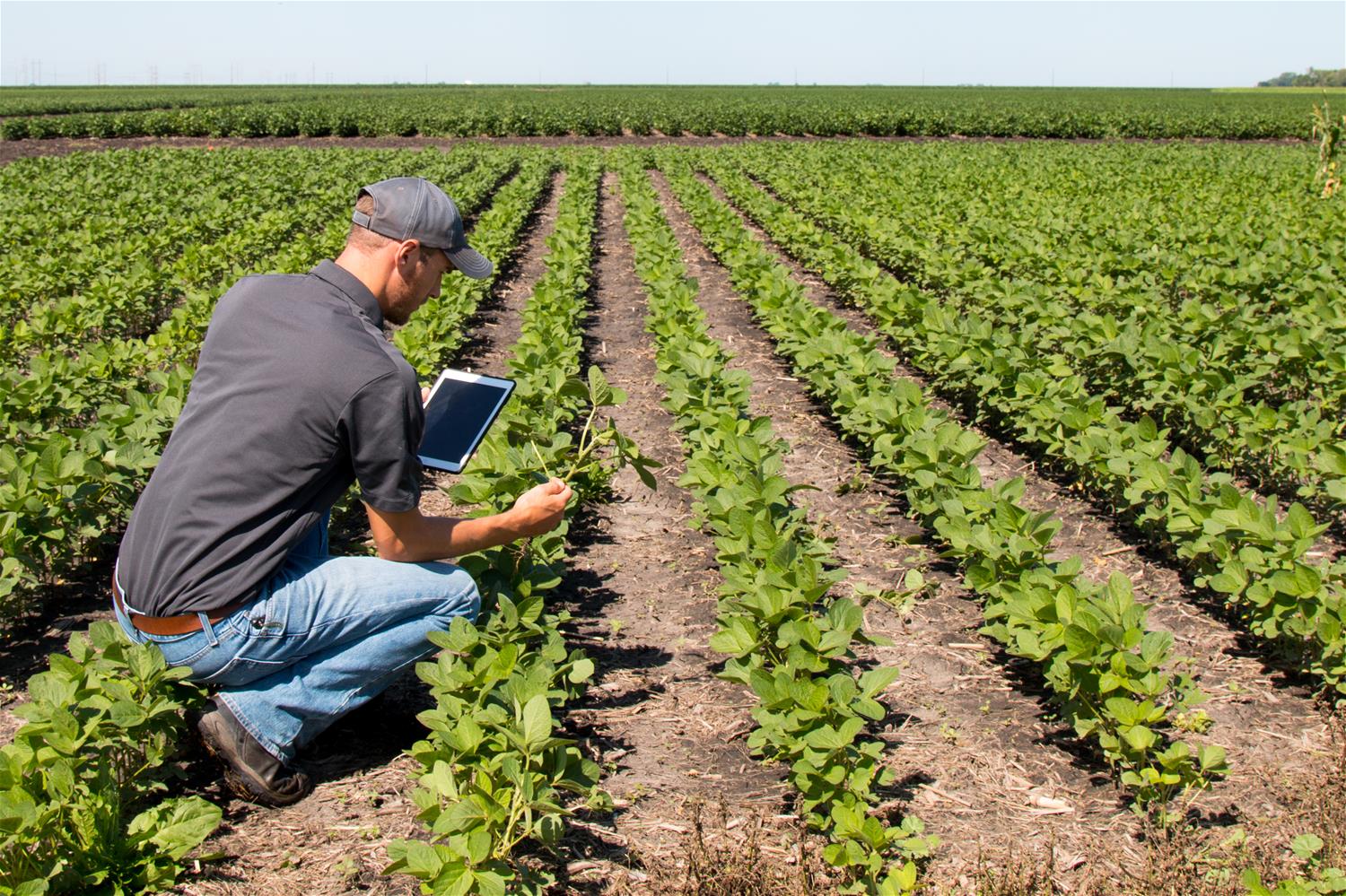The United States Department of Agriculture defines bioengineered food as “food that contains genetic material that has been modified through certain laboratory technique and for which the modification could not be found in nature. This includes genetically modified organisms, often called GMOs. Genetically engineered or genetically modified ingredients have been a part of the U.S. food supply since the mid 1990’s. In fact, the genetic modification of agricultural crops through traditional cross-breeding has been going on for centuries. Today, most processed food in America contains GMOs of some type.
Are GMOs Safe?
GMO crops and GMOs are safe for the people and the planet. According to the American Association for the Advancement of Science, genetically modified crops are “the most extensively tested crops ever added to our food supply.”
GMOs safety is monitored in collaboration by three federal agencies across the U.S. government: the U.S. Food and Drug Administration (FDA), the U.S. Environmental Protection Agency (EPA), and the U.S. Department of Agriculture (USDA). These three agencies confirmed that GMOs are safe for people, animals, and plants. They also continuously monitor the safety of GMOs and their impact on the planet and the environment.
The FDA ensures that GMOs are safe by making sure that all foods that are GMOs or contain GMO ingredients meet the same stringent safety standards as all other foods. The EPA monitors the safety of the pesticides that are used on both GMO and non-GMO crops to make sure they’re safe for both humans and the environment. The USDA protects crops grown in the U.S. against diseases and pests, and they have regulations in place to ensure that GMOs are safe and not harmful to other plants.
According to the World Health Organization, “no effects on human health have been shown as a result of the consumption of [genetically modified foods] by the general population in the countries where they have been approved.”
Watch our Ask the Experts video on GMO facts
GMO Crops GRown in the U.S.
Curious what GMO crops are grown and sold in the U.S.? Most crops are used in animal feed, and others are used as ingredients in common manufactured foods like cereal and snacks. GMO’s are commonly found throughout today’s food supply.
Biotechnology drives sustainability
Genetic engineering, also known as biotechnology, drives sustainability. It allows farmers to improve and preserve the soil on their farms for future generations by:
Decrease pesticide use, allowing for use of more environmentally friendly herbicides.
Preserve and improve soil quality through use of conservation tillage and no-till practices.
Reduce nutrient runoff, increasing crops’ fertilizer efficiency and conserving topsoil.
Minimizing farms’ agricultural carbon footprint.
18 million farmers worldwide plant and grow GMO crops because they improve the sustainability of their farms. On average, adoption of GMO crops has reduced chemical pesticide use by 37% and increased crop yields by 22%.
Since 1980, U.S. soybean farmers improved soil conservation by 47%, irrigation water use by 32%, energy use by 35% and greenhouse gas emissions by 38%.
Higher-yielding crops developed through biotechnology can also help meet the United Nations’ estimated need for a 50% increase in world food production by 2030.
For more GMO facts, visit the U.S. Food & Drug Administration’s Feed Your Mind website.

